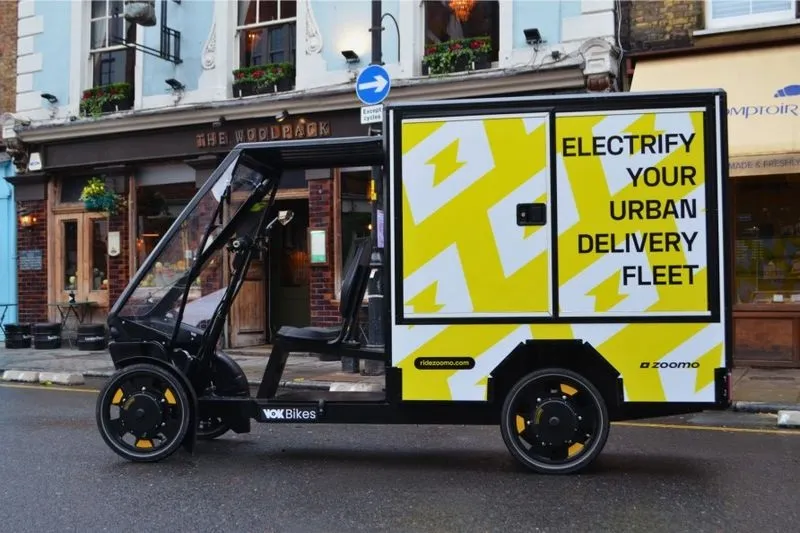Automotive electronics supplier Visteon Corporation has entered into an exclusive agreement with telematics provider Autonet Mobile, in which Visteon will integrate Autonet's telematics technology into Visteon's next-generation products for global vehicle manufacturers.
Under the agreement, Visteon will lead design and integration efforts with global vehicle manufacturers and Autonet Mobile will provide software, Internet Protocol (IP) and network operation services.
The two companies will provide veh
February 26, 2014
Read time: 2 mins
Automotive electronics supplier 2165 Visteon Corporation has entered into an exclusive agreement with Telematics provider 5270 Autonet Mobile, in which Visteon will integrate Autonet's Telematics Technology into Visteon's next-generation products for global vehicle manufacturers.
Under the agreement, Visteon will lead design and integration efforts with global vehicle manufacturers and Autonet Mobile will provide software, Internet Protocol (IP) and network operation services.
The two companies will provide vehicle manufacturers with a complete end-to-end software and app platform, designed to integrate with vehicle electrical architectures and networks to enable new vehicle features. The solution incorporates a Telematics control unit (TCU), OS software, apps and technical support. Autonet Mobile's solution enables the vehicle to connect to Mobile Devices, machine-to-machine (M2M), vehicle-to-anything (V2X) and the Internet of Things. Autonet Mobile apps like parental controls, fleet management and remote vehicle commands support categories such as usage base insurance, parking and toll, and more.
Autonet Mobile's IP-based TCU is designed to connect cars in motion with reliable content delivery and app services. Visteon and Autonet Mobile's Telematics solutions will enable vehicle manufacturers to connect cars to high-speed mobile networks and deliver pervasive Cloud computing, mobile apps and fleet Telematics, while being fully compatible with essential vehicle functions and external devices.
Under the agreement, Visteon will lead design and integration efforts with global vehicle manufacturers and Autonet Mobile will provide software, Internet Protocol (IP) and network operation services.
The two companies will provide vehicle manufacturers with a complete end-to-end software and app platform, designed to integrate with vehicle electrical architectures and networks to enable new vehicle features. The solution incorporates a Telematics control unit (TCU), OS software, apps and technical support. Autonet Mobile's solution enables the vehicle to connect to Mobile Devices, machine-to-machine (M2M), vehicle-to-anything (V2X) and the Internet of Things. Autonet Mobile apps like parental controls, fleet management and remote vehicle commands support categories such as usage base insurance, parking and toll, and more.
Autonet Mobile's IP-based TCU is designed to connect cars in motion with reliable content delivery and app services. Visteon and Autonet Mobile's Telematics solutions will enable vehicle manufacturers to connect cars to high-speed mobile networks and deliver pervasive Cloud computing, mobile apps and fleet Telematics, while being fully compatible with essential vehicle functions and external devices.









